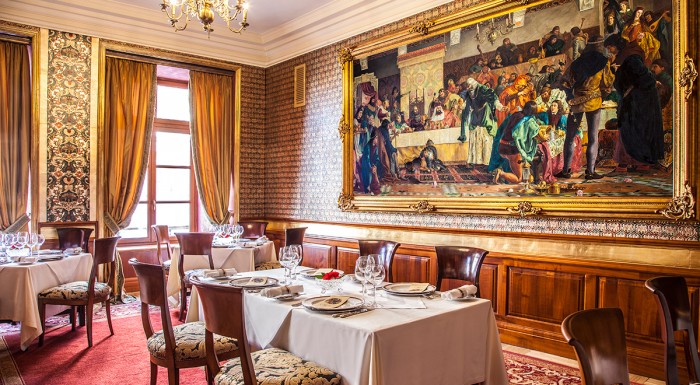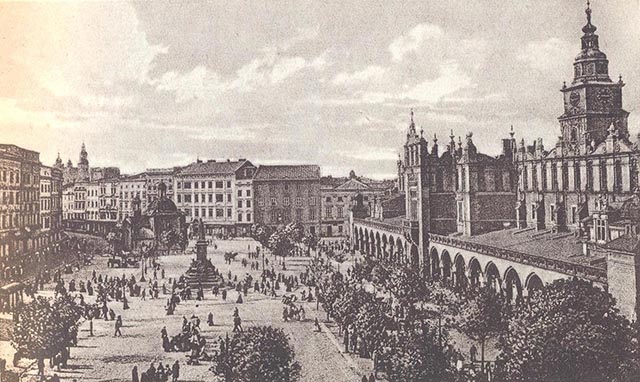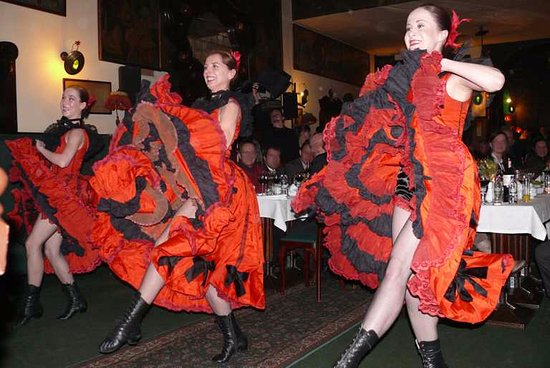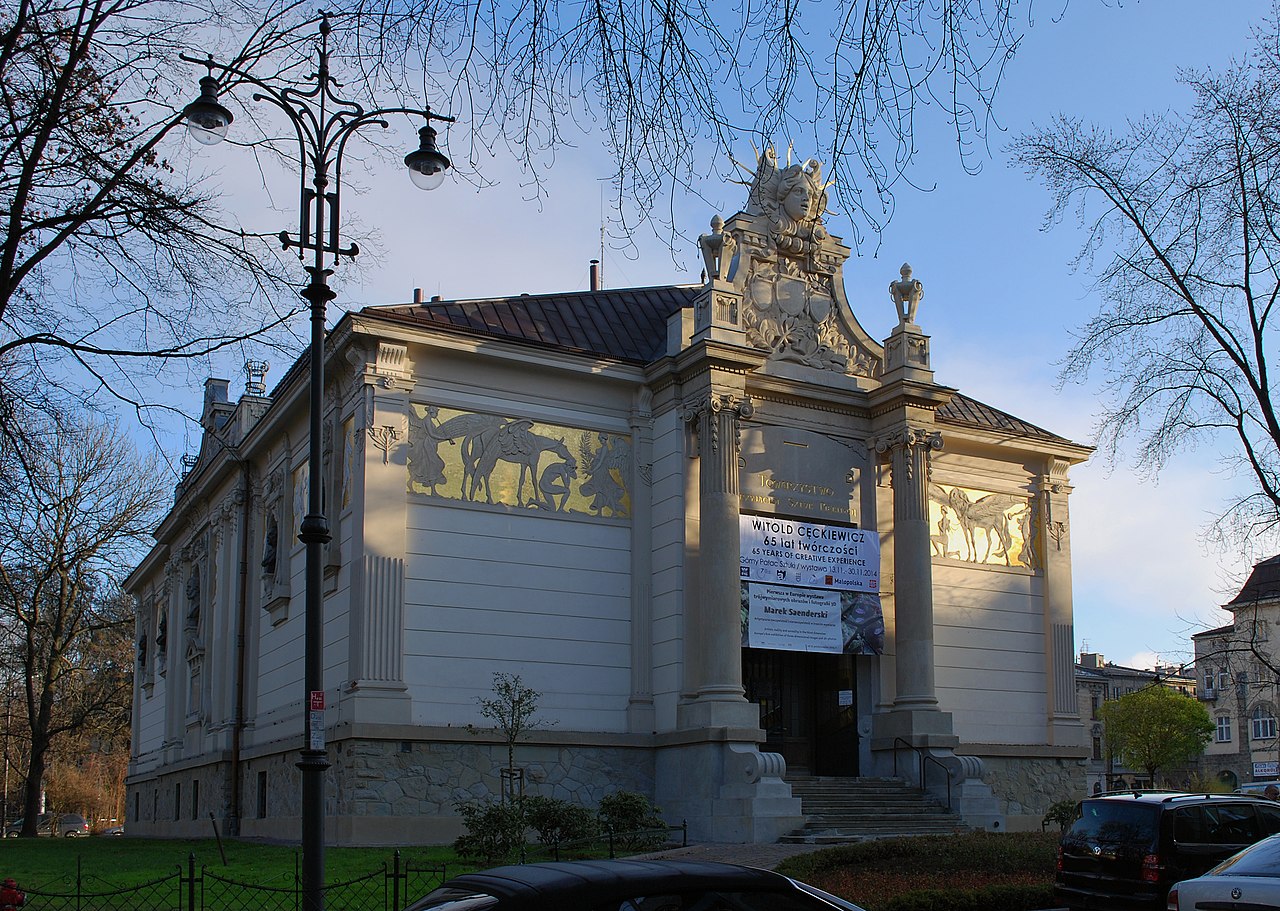 Muzeum Narodowe w Krakowie
Muzeum Narodowe w Krakowie
Uchodzące za najstarszą placówkę tego typu w Polsce muzeum powstało pod koniec XIX w. dzięki inicjatywie krakowskich artystów, radnych i mieszkańców miasta. Z czasem do zgromadzonych tu zbiorów dołączono cenną kolekcje Czartoryskich. Muzeum Narodowe zorganizowało także muzea biograficzne Matejki, Wyspiańskiego i Mehoffera – artystów, którzy na stałe wpisali się w historię Krakowa.
Gmach Główny
al. 3 Maja 1, tel.6343377, 6343082
W gmachu mieści się stała wystawa poświęcona sztuce polskiej XX w., prezentująca dzieła malarzy od okresu Młodej Polski do współczesności. Można tu obejrzeć większość najlepszych dzieł Stanisława Wyspiańskiego, Leona Wyczółkowskiego, Olgi Boznańskiej, Xawerego Dunikowskiego, Jerzego Nowosielskiego, Władysława Hasiora, Tadeusza Kantora i wielu innych.
Dwie kolejne stałe ekspozycje to „Broń i barwa w Polsce” oraz „Galeria rzemiosła artystycznego”.
W muzeum organizowane są też liczne i interesujące wystawy czasowe. Czynne wt„ czw.-nd. 10.00-15.30, śr. 10.00-18.00. w nd. wstęp bezpłatny, a w pn. nieczynne.
Dojazd: tramwaje i autobusy do Hotelu Cracovia.
Muzeum Czartoryskich
ul. św. Jana 19, tel.4225566
Położone w bardzo urokliwym miejscu u zbiegu ulic Pijarskiej i św. Jana. „Przeszłość – przyszłości” – taka dewiza przyświecała księżnej Izabeli Czartoryskiej, która w XVIII w. w Puławach zapoczątkowała gromadzenie i przechowywanie cennych eksponatów.
Kolekcja ma charakter patriotyczno-historyczny. Obejrzeć tu można pamiątki po królach, hetmanach, generałach, mundury, żupany, broń. Prezentowane są także wspaniałe dzieła malarstwa europejskiego: włoskiego, niemieckiego i flamandzkiego. Prawdziwą chlubą muzeum jest słynna Dama z gronostajem (choć niektórzy uważają, że to łasiczka) pędzla Leonarda da Vinci oraz Krajobraz z miłosiernym Samarytaninem Rembrandta. Na uwagę zasługuje także kolekcja średniowiecznych emalii z Limoges, porcelany z Miśni oraz włoskich fajansów.
Czynne wt.-pt. 9.00-15.00, sb.-nd. 10.00-15.30.
W nd. wstęp bezpł., w pn. nieczynne.
Arsenał Muzeum Czartoryskich
ul. Pijarska 8
Naprzeciw Galerii Sztuki Czartoryskich znajduje się Arsenał, a w nim – Galeria Sztuki Starożytnej. Wśród eksponatów znajdują się egipskie i etruskie sarkofagi, figurki nagrobne, wazy greckie oraz greckie rzeźby. Na oddzielną uwagę zasługują zabytkowe drewniane gabloty i szafy.
Czynne tak jak Muzeum Czartoryskich.
Sukiennice
Rynek Główny 1/3, tel.4221166
Od Sukiennic się zaczęło. W 1879 r. Henryk Siemiradzki podarował miastu swój obraz Pochodnie Nerona z przeznaczeniem dla planowanego Muzeum Narodowego. Na potrzeby placówki, która dopiero miała powstać, oddano część Sukiennic. Z czasem zgromadzono tu najznakomitsze dzieła malarstwa polskiego XVIII i XIX w., takie jak np. płótna Marcella Bacciarellego, Hołd Pruski i Kościuszko pod Racławicami Jana Matejki, obrazy Jacka Malczewskiego, Artura Grottgera, Józefa Chełmońskiego. Tu również podziwiać można słynny Szal Władysława Podkowińskiego, który swego czasu wywołał głośny skandal obyczajowy.
Czynne wt.-śr„ pt.-nd. 10.00-15.30, czw. 10.00-18.00, w nd. wstęp bezpłatny, w pn. nieczynne.
Dom Jana Matejki
Muzeum biograficzne artysty ul. Floriańska 41, tel.4225926
Tu właśnie urodził się i wychowywał młody Matejko. Po latach z żoną i dziećmi powrócił do rodzinnego domu i urządził w nim pracownie. Wkrótce po śmierci Matejki zaczęto zabiegać o utworzenie biograficznego muzeum artysty. Odtworzono salon Matejków, zgromadzono w nim pamiątki osobiste mistrza i wyroby złotnicze. Na drugim piętrze znajdują się m.in. obrazy, rysunki i kartony do polichromii kościoła Mariackiego. Na trzecim piętrze umieszczono pracownie malarza z licznymi rekwizytami i kolekcją militariów.
Czynne wt.-czw., sb.-nd. 10.00-15.30, pt. 10.00-18.00., w nd. wstęp bezpłatny, w pn. nieczynne.
Muzeum Stanisława Wyspiańskiego
ul. Kanonicza 9, tel.4228337
„O kocham Kraków, bo nie od kamieni przykrościm doznał, lecz od żywych ludzi” pisał w jednym ze swych wierszy Wyspiański. Za życia nierozumiany i niedoceniany należycie, związał swoją twórczość z Krakowem. Po latach w domu, w którym mieszkał, urządzono mu muzeum. Zgromadzono cenne osobiste pamiątki po artyście, jego obrazy, projekty witraży, polichromii, scenografii, a nawet meble wykonane wg pomysłu Wyspiańskiego. Ciekawostka jest oryginalny projekt przebudowy Wawelu, który miałby przypominać greckie Akropolis.
Czynne wt.-śr„ pt.-nd. 10.00-15.30, czw. 9.00-17.00; nd. wstęp bezpłatny, pn. nieczynne.
Dom Józefa Mehoffera
ul. Krupnicza 26, tel.4211143
Losy Mehoffera i Wyspiańskiego splatały się ze sobą przez lata. Najpierw łączyła ich serdeczna przyjaźń, później ich stosunki znacznie się ochłodziły. I oto Mehoffer w 1932 r. odkupił kamienicę, w której urodził się Wyspiański. Zgromadzone tu pamiątki są po części depozytem rodziny Mehofferów, po części zaś własnością Muzeum Narodowego. Odtworzono tu z pietyzmem mieszczańskie wnętrza z przełomu wieków, gromadząc secesyjne sprzęty i ozdobne przedmioty. Odbywają się tu „Wieczory u Mehoffera”, czyli kameralne koncerty muzyki poważnej.
Czynne wt„ czw.-nd. 10.00-15.30, śr. 10.00-18.00.; nd. wstęp bezpłatny, a w pn. nieczynne.
Centrum Sztuki i Techniki Japońskiej „Manggha”
ul. Konopnickiej 26, tel.2672703, 2673753
Centrum powstało w 1994 r. z inicjatywy reżysera Andrzeja Wajdy i jego żony Krystyny Zachwatowicz. Znalazły tu swoje miejsce unikatowe zbiory sztuki japońskiej gromadzone na przełomie XIX i XX w. przez Feliksa Jasieńskiego, zwanego Manghą. Oprócz wystawy sztuki i techniki w centrum znajduje się japońska herbaciarnia i biblioteka. Placówka zajmuje się promocją sztuki i kultury japońskiej, organizuje pokazy rzemiosła artystycznego, wystawy, projekcje. Warto zwrócić uwagę na bardzo nowoczesne wnętrza.
Czynne wt.-nd. 10.00-18.00.; wt. wstęp bezpłatny, w pn. nieczynne.








